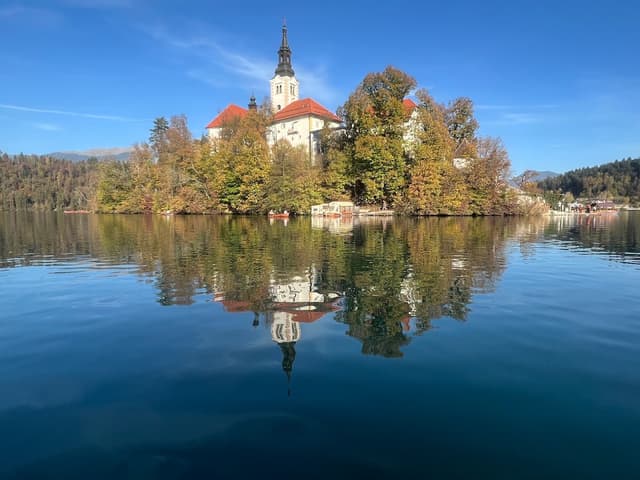Bled Uncovered: Nature, Adventure, and Stunning Views Await
Things to see in Bled
Lake Bled
If I learned correctly, Lake Bled is the warmest Alpine lake. On hot summer days, it reaches a temperature of up to 26°C (on the surface), and it maintains a temperature suitable for swimming (18°C) even until the end of October. In cold winters, the lake freezes and is a real paradise for all lovers of ice skating and activities on the ice. With an area of 1.45 square kilometers, this is the 2nd largest permanent natural lake in Slovenia. It is slightly more than 2 kilometers long and almost 1400 meters wide. Its depth, in the deepest part, exceeds 30 meters. Of course, the lake is also suitable for swimming and other joys on and in the water.

Bled island
The island of Bled is, at least as far as I know, the only natural island in Slovenia. It is composed of limestone rocks and is the result of an active glacier and a river that once flowed past it. The island has an area of 820 square meters and rises 18 meters above the surface of the lake. The island has been protected as a monument of national importance since 1999.
You can go to the island in several ways, for many the easiest and certainly the cheapest is in your own direction. You only need to know that officially swimming to the island is prohibited. A more traditional way of visiting is by Pletna, a vessel known only in Bled. The history of this traditional Bled boat dates back to the 12th century. The Pletna is a vessel 7 meters long and 2 meters wide, and it can transport up to 18 people, but if you want to go a little faster, you can also use an electrically powered wooden boat. Driving to the island will cost you €12 if you choose an electric drive and €15 for a manual drive (wheel drive).
